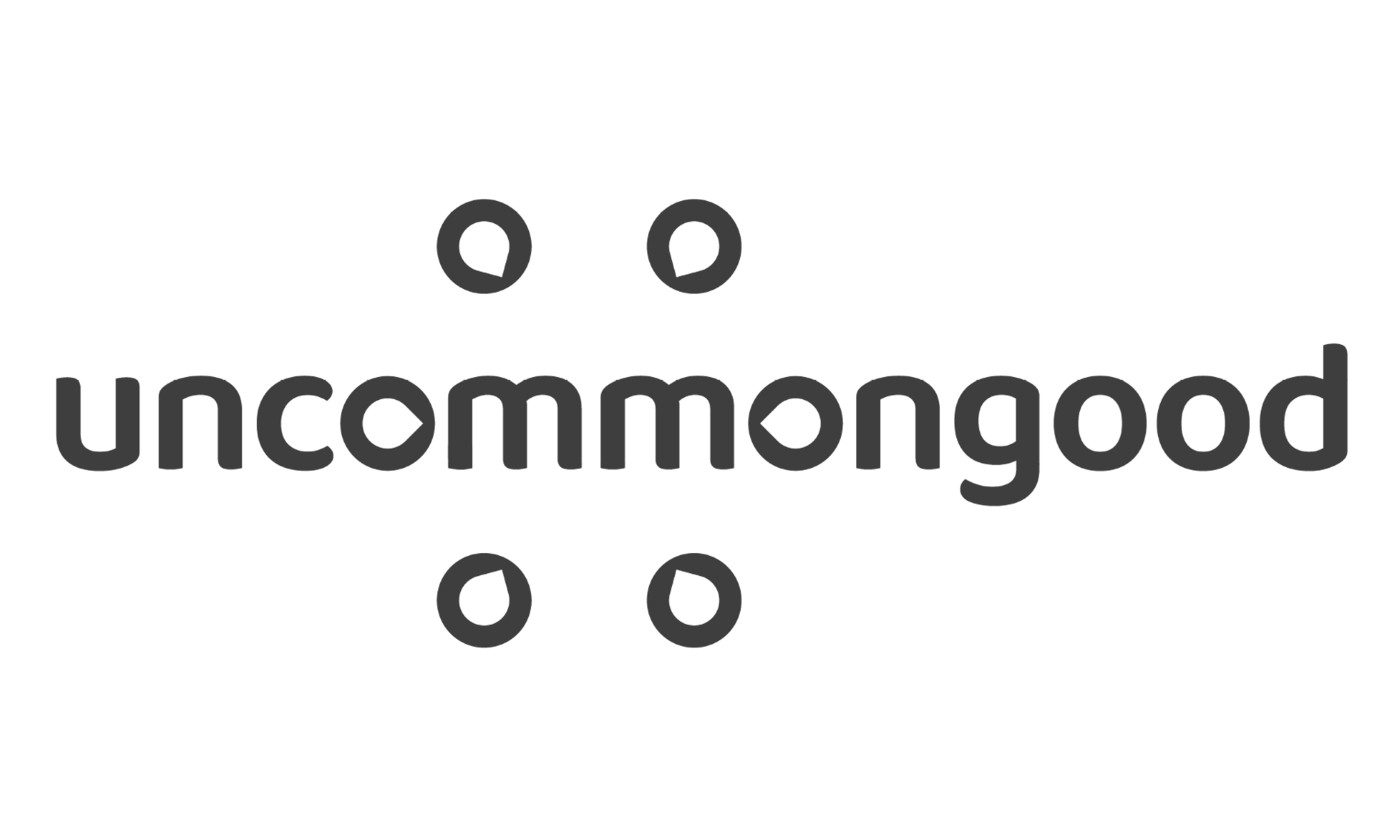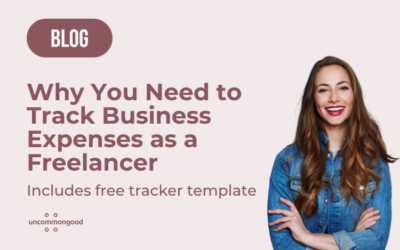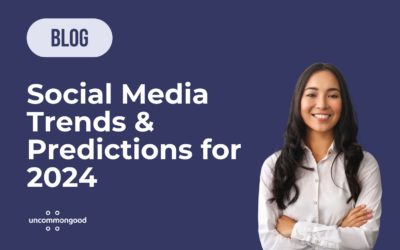If you’re a freelancer, solopreneur, or small business owner, social media is an essential tool for networking, marketing, and building your personal brand.
That said, managing multiple social media accounts can be a full-time job in and of itself. But it doesn’t have to be.
In this guide, we provide insights into the major social media platforms, including their demographics and usage, advantages, and challenges. Learn how to make social media work for you, ensuring your voice is heard and your brand stands out in the crowded freelance marketplace.
1. Facebook
Facebook is the largest social network globally, particularly among consumers and marketers. It’s ideal for building relationships, forming communities, and engaging with a broad spectrum of users. The platform’s targeted advertising and Facebook Marketplace are excellent tools for reaching specific demographics. However, the high competition and algorithm changes can make it challenging to achieve organic reach.
Demographics and use
- Over three billion monthly users globally as of January 2024
- Facebook’s global audience is 56.3% male and 43.7% female as of January 2023 (no data is available for other genders)
- The potential total audience that can be reached by digital ads on Facebook is 1.98 billion.
- Used by 89% of marketers (the most of any social media platform) as of January 2023
Pros
- Caters to a large and diverse audience
- Ideal for forming connections and engaging with users
- Excellent tools for reaching specific demographics
Cons
- Becoming less popular over time, particularly with younger users
- High competition due to the large number of users
- Frequent algorithm changes can impact organic reach, making visibility a challenge.
2. X (Formerly Twitter)
X/Twitter is the go-to for real-time engagement. Its limited character count encourages concise, impactful communication. X/Twitter is fantastic for networking, offering immediate feedback and leveraging hashtags for extended reach. But its fast-paced nature requires constant monitoring and quick responses, which can be demanding.
Demographics and use
- 619 million monthly users globally as of January 2024
- 68.1% of X/Twitter users globally identify as male, 31.9% identify as female
- Used by 44% of marketers as of January 2023 (coming in behind Facebook, Instagram, LinkedIn, and YouTube)
Pros
- Provides immediate interaction and communication
- Great for building connections and extending reach through hashtags
- Encourages impactful, to-the-point messaging
Cons
- Requires constant attention and quick responses
3. LinkedIn
The premier professional networking site, LinkedIn, is tailor-made for B2B connections and professional growth. It’s where you can find job and gig opportunities and engage with a professional audience. However, LinkedIn demands more formal and less casual content and generally moves at a slower pace compared to other social networks.
Demographics and use
- Over one billion monthly users globally
- 57.2% of LinkedIn users globally identify as male, 42.8% identify as female
- Used by 64% of marketers as of January 2023 (behind Facebook and Instagram)
Pros
- Tailor-made for B2B connections and professional development
- Optimized for finding professional opportunities and gigs
Cons
- Tends to skew towards more professional and less casual content
- Moves at a slower pace compared to other social platforms
4. Instagram
With its focus on visuals, Instagram is a haven for creatives. The platform’s high engagement rates, stories feature, and influencer marketing opportunities make it a powerful tool for visual storytelling. However, the need for high-quality visuals and the highly competitive nature of the platform can be daunting. Plus, algorithm changes often affect post visibility.
Demographics and use
- Two billion monthly users globally
- 48.2% of Instagram users globally identify as female (second to Snapchat), 51.8% identify as male
- More than 50% of global Instagram users are aged 34 or younger
- Used by 80% of marketers as of (second to Facebook)
Pros
- Ideal for creatives and visual storytelling
- High engagement rates
- Offers diverse features for dynamic content and marketing
Cons
- Requires consistently strong visual content
- High competition and evolving algorithms can affect visibility
5. Pinterest
Pinterest excels in driving website traffic and is particularly effective for niches focused on visuals. Pins have a long lifespan, and the platform allows for targeted audience reach. However, consistent pinning is required, and it may not be as effective for all types of content.
Demographics and use
- 482 million monthly users globally as of January 2024
- 76.2% of Pinterest users globally identify as female, 17.2% identify as male, 6.6% are unspecified
- Used by 64% of marketers as of January 2023 (coming in behind Facebook and Instagram)
Pros
- Effective at driving web traffic, especially for visual content
- Content remains relevant for longer periods
- Allows for niche-specific audience targeting
Cons
- Demands regular updates and pinning
- May not be as effective for non-visual content areas
6. YouTube
YouTube leads in video sharing, offering excellent opportunities for engagement and monetization. However, creating compelling video content requires significant time and skills, and the competition is fierce.
Demographics and usage
- 2.5 billion monthly users globally as of January 2024 (second to Facebook)
- 54.4% of YouTube users globally identify as male, 45.6% identify as female
- Used by 54% of marketers as of January 2023 (coming in behind Facebook, Instagram, and LinkedIn)
Pros
- The leading platform for sharing video content
- High potential for user engagement and earning opportunities
Cons
- Requires time, skills, and resources for video production
- Highly competitive
7. TikTok
TikTok, known for its short-form video content, offers high organic reach and the potential for virality. It caters to a younger demographic and is perfect for freelancers looking to tap into current trends. The challenge lies in creating content that is both engaging and frequent.
Demographics and usage
- 1.5 billion monthly users globally as of January 2024
- 52% of TikTok users globally identify as male, 48% identify as female
- Used by 26% of marketers as of January 2023 (coming in behind Facebook, Instagram, LinkedIn, YouTube, and X/Twitter)
Pros
- Known for its wide-reaching and organic content distribution
- Perfect for quick, engaging video formats
- Appeals to a younger audience, ideal for trend-focused content
Cons
- Necessitates regular and engaging content updates
- May not suit freelancers targeting an older demographic
8. Snapchat
Snapchat provides freelancers a distinctive platform to engage a younger demographic through content that is ephemeral, meaning it’s designed to be temporary and disappears after a short period. This approach, emphasizing privacy, vanishing messages, and innovative filters, fosters a deeply personal and captivating user experience. Features such as Snapchat Stories and Discover are ideal for sharing behind-the-scenes glimpses and forging a closer bond with your audience. However, due to the transient nature of its content, maintaining your audience’s interest demands regular interaction and fresh updates.
Demographics and usage
- 750 million monthly users globally as of January 2024
- 51% of users globally identify as female, 48.2% identify as male
- Used by 57% of marketers
Pros
- Engages a young, dynamic audience with ephemeral content
- Encourages creative, intimate storytelling and branding
- Features like Stories and Discover offer unique content-sharing options
Cons
- Requires frequent content creation to maintain engagement
- The ephemeral nature of the content can be challenging for sustained visibility.
The Most Popular Social Media Platforms: Compared
Here are some key stats for each major social media platform to make it easier to distinguish them at a glance.
| Platform | Monthly Users Globally | Users by Gender | Marketing Usage | Largest Audience By Age |
| 3B+ | 56.3% male / 43.7% female | 89% | 25-34 years | |
| 2B | 51.8% male / 48.2% female | 80% | 18-24 years | |
| YouTube | 2.5B | 54.5% male / 45.6% female | 54% | 25-34 years |
| TikTok | 1.5B | 52% male / 48% female | 26% | 18-24 years |
| X/Twitter | 619M | 681.% male / 31.9% female | 44% | 25-34 years |
| 1B | 57.2% men / 42.% women | 64% | 25-34 years | |
| Snapchat | 750M | 51% female / 48.2% male | 57% | 15-25 years |
| 482M | 76.3% female / 17.2% male / 6.6% unspecified | 64% | 18-24 years |
Conclusion
Each social media platform offers unique opportunities and challenges for freelancers. The key is to understand the nuances of each platform and adapt your strategy accordingly.
As you experiment with different platforms, remember that authenticity and engagement are at the heart of social media success. Use these platforms not just to broadcast your services, but to connect, learn, and grow as a part of the global freelancing community.
Sign up for a 30-day free trial of UncommonGood and accelerate your social media savvy and productivity today!




